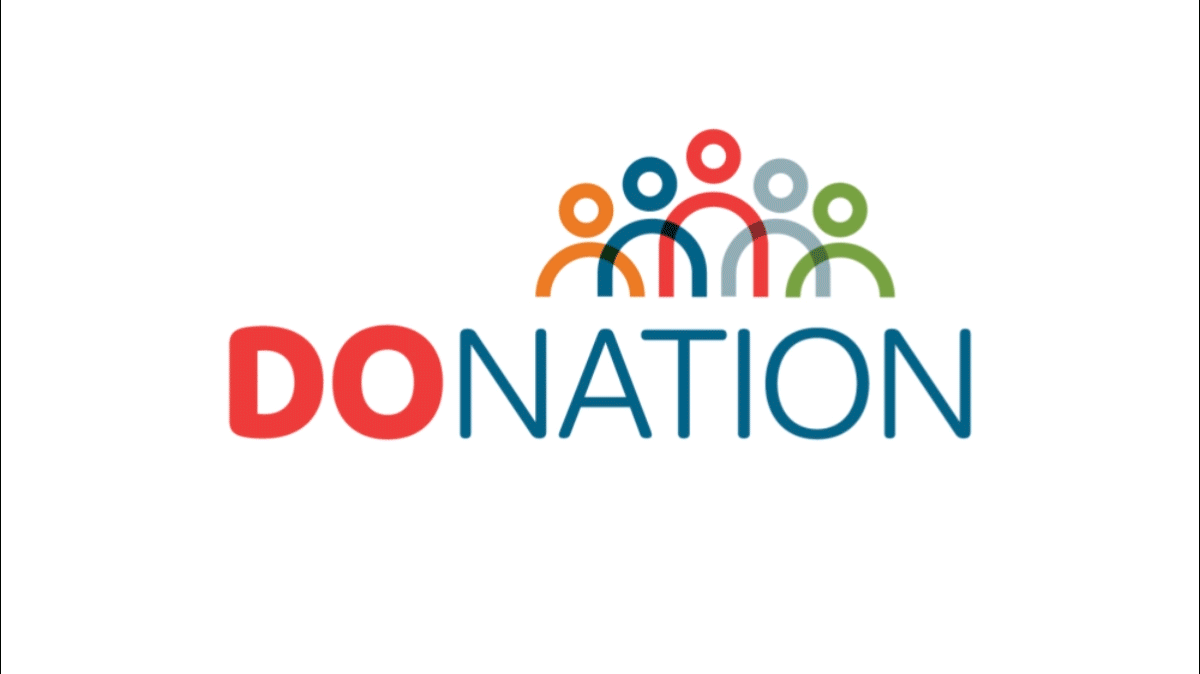The COVID-19 pandemic and the associated mitigation efforts established to slow the spread of the virus have resulted in significant decreases in the nation’s blood supply, resulting in the likelihood of shortages. As the U.S. begins to transition out of the most difficult phases of the pandemic, the strain being placed on the blood supply is already becoming apparent. Hospitals and health systems are resuming services that were suspended over the course of the last year and individuals who delayed receiving treatment are now returning for care. Further, there has been a rapid increase in the need for trauma care across the country. These changes have resulted in a significant increase in demand for blood.
While summer is traditionally a time when there is a strain on the blood supply, the American Association of Blood Banks (AABB), the American Red Cross (ARC) and others involved in procuring and processing blood products are seeing early signs of a severe shortage beginning this summer and are signaling it could extend for months. The AABB recently warned that the nation’s blood supply has dropped to the “red” level, meaning most blood bank inventories have less than one day of supply on hand. The severity and duration of this shortage has the potential to significantly jeopardize the ability of AHA members to meet the needs of their patients for both trauma and surgical care.
However, we understand that a campaign aimed at encouraging blood donations must be implemented thoughtfully and strategically, so as to not overwhelm donation and storage centers or frustrate donors with long wait times for appointments. To achieve this goal, the AHA, in partnership with various organizations, intends to roll out a plan of action focused on a steady drumbeat of encouraging donations over the coming months. The plan will be centered on a careful and well-communicated approach that lays out a realistic set of expectations and takes into account a staggered blood donation advocacy approach. While we continue to chart the course forward on this issue, we are sharing the following resources that will give your organization immediate steps to take to conserve and manage the current blood supply.
RESOURCES
The AABB has provided the following resources to help AHA members in the continued efforts to be good stewards of blood and blood products.
- AHA Blood Management Toolkit: Developed in collaboration with the AHA’s Physician Alliance Forum and the AABB, the toolkit provides valuable resources for hospitals and health systems, clinicians and patients.
- AABB Ten Things Providers Can Do To Extend the Blood Supply: As part of their efforts to provide resources to hospitals and health systems to better manage current blood supply, AABB compiled a list of ten points that providers can focus on to help extend the blood supply.
- Key Considerations for Providers and Patients: In an effort to reduce improper blood utilization, AABB provided five key considerations both providers and patients should consider to ensure they are “choosing wisely” with regard to blood supply utilization.
- Recommendations for the Use of Group O Red Blood Cells: In 2019, AABB released a bulletin outlining recommendations for the use of group O red blood cells.
- Adoption of Patient Blood Management Practices: Adopting patient blood management (PBM) practices within your organization can help reduce unnecessary transfusions. While PBM helps manage blood supply directly, it also has the potential to produce improvements in patient outcomes, decreases in length of stay and overall cost savings. PBM guidelines for red blood cells can be found here and guidelines for platelets can be found here.
- Patient Blood Management Infographic: To ensure hospitals and health systems are able to quickly communicate the importance of patient blood management practices, AABB developed an infographic detailing the benefits of implementing proper patient blood management programs.
- Share this advisory with your senior management, clinical leadership, communications, and community resource teams.
- Identify any immediate concerns your organization has around its access to the current blood supply and inform AHA of those concerns by emailing blood@aha.org. This information will be used to inform AHA’s work on the issue moving forward.
- Work with your medical staff to implement effective blood conservation strategies, such as those referenced in this document.
- Reach out to the blood banking organizations with which your hospital routinely works and determine what the status is of their blood supply. If blood donors are needed and can be accommodated in the short-term, consider how you can collaborate with your blood banking organizations to increase donations.
- Identify potential community stakeholders who could be partners in establishing a sustained effort to increase blood donations in your community.
From American Hospital Association




